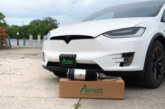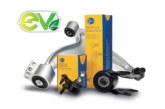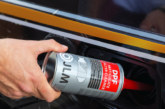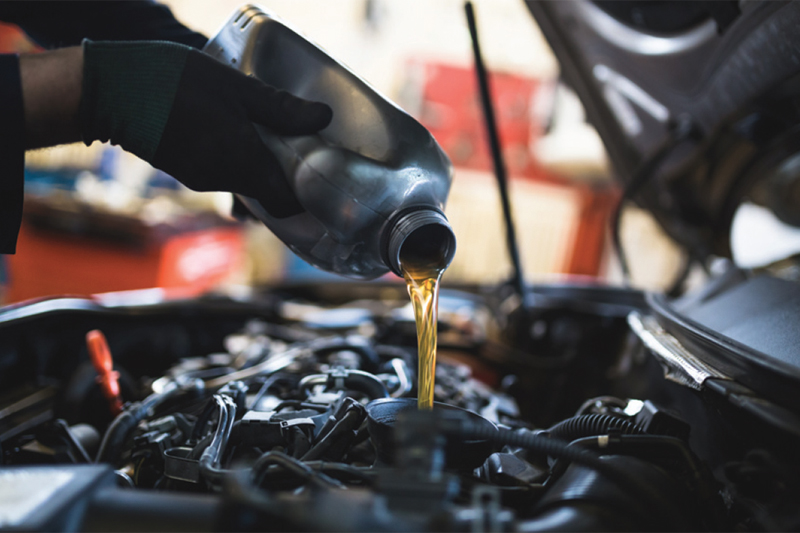
We’ve spoken to David Wright, company secretary of the independent industry body Verification of Lubricant Specifications (VLS), about the continued delay to the European lubricant specifications for heavy-duty vehicles:
The European Automobile Manufacturers Association (ACEA) sequences identify relevant performance standards for lubricants, specifically tailored to the European market, based on the vehicle’s engine type. When mechanics or end-users select an engine oil, the ACEA sequences are an essential piece of information, providing reassurance that a particular engine lubricant meets the minimum quality levels for the vehicle and is suitable for use in that application.
ACEA reviews the sequences regularly to ensure they align with lubricant and original equipment manufacturer (OEM) development. In April 2021, ACEA published new light-duty sequences, known as ACEA 2021. These replaced the previous sequences, dating back to 2016.
According to ACEA, the new sequences were released to “address engine developments” over the past four years “driven by a combination of regulatory and performance needs, complemented by necessary test maintenance requirements”.
Many of the changes were due to modifications to engine tests, as old models become obsolete and new models are released. The new sequences must use engines currently in production to reflect current vehicle developments, so changes have to be made. The revised sequences also catered for the trend towards ultra-low viscosity fluids, typified by Asian vehicle manufacturers.
New claims can already be made against the 2021 sequences for light-duty applications, which will become mandatory for all new claims from 1st May 2022 onwards. ACEA usually releases new sequences for both light and heavy-duty engines at the same time, but for the 2021 sequences, only the light-duty categories have been published so far.
Back in April 2021, ACEA said that “because the heavy-duty oil sequences are not at the same stage of readiness, at this time we have decided to split the light-duty and the heavy-duty sequences into two separate documents….”
ACEA said they expected to publish the 2021 ACEA heavy-duty oil sequences (replacing the updated 2016 version) no earlier than June 2021. They have yet to be published.
What can we expect from the new heavy-duty sequences?
Like light-duty engines, heavy-duty engines have evolved to deliver increased efficiency with lower emissions.
Consequently, lubricants are working harder than ever and must be designed to provide adequate protection to engines operating at higher temperatures and under increased pressure. As service intervals are extended, lubricants must deliver continued protection over longer periods of time and/or mileage without suffering from degradation, build-up of soot, and other issues.
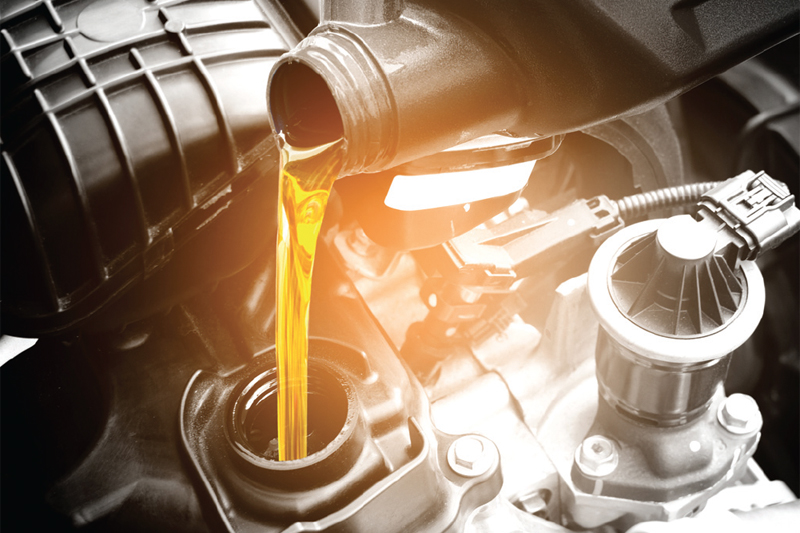
New categories E8 and E11 are likely to be introduced in the new heavy-duty sequences, replacing E6 and E9. These upgrades will focus on enhanced oxidation performance and piston cleanliness with the inclusion of established ASTM engine tests developed for API CK-4, the latest American lubricant standard for diesel engines. Two new categories for fuel efficiency, F8 and F11, are also being developed, as the industry strives to help lower emissions through fuel efficiency gains.
Impact of biodiesel
The ACEA E8 and ACEA E11 categories are expected to see increased limits in the existing OM646BIO test. This test ensures the lubricant can perform effectively in the presence of biodiesel. According to government data, the use of UK sourced biofuels, including biodiesel, is rising – up 5% in 2020 vs 2019. In 2020, the volume of UK-sourced biodiesel for UK road transport was 126 million litres. Although this still represents only a small proportion of overall fuel use, biodiesel is another way of tackling emissions challenges. By testing products to perform in these conditions, operators can be reassured that a lubricant can still perform effectively in this application.
Will these be the last ACEA sequences?
Industry debate has begun about whether this latest release of sequences, whenever the heavy-duty ones are published, will be the last for an industry facing unprecedented change. Governments around the world are moving to phase out the internal combustion engine over this decade.
Discussion continues between OEMs and the industry, but the ACEA sequences will undoubtedly need to adapt to a rapidly changing market, including developing specifications for electric and hydrogen-powered vehicles to ensure these are adequately protected with quality fluids. Though OEM specifications may lead these innovations, there should be a level playing field for all lubricant manufacturers and blenders to compete on.
In the meantime, you must continue to assist customers, to service an increasingly wide range of petrol, diesel, hybrid, electric and even hydrogen fuel or fuel cell engines.


